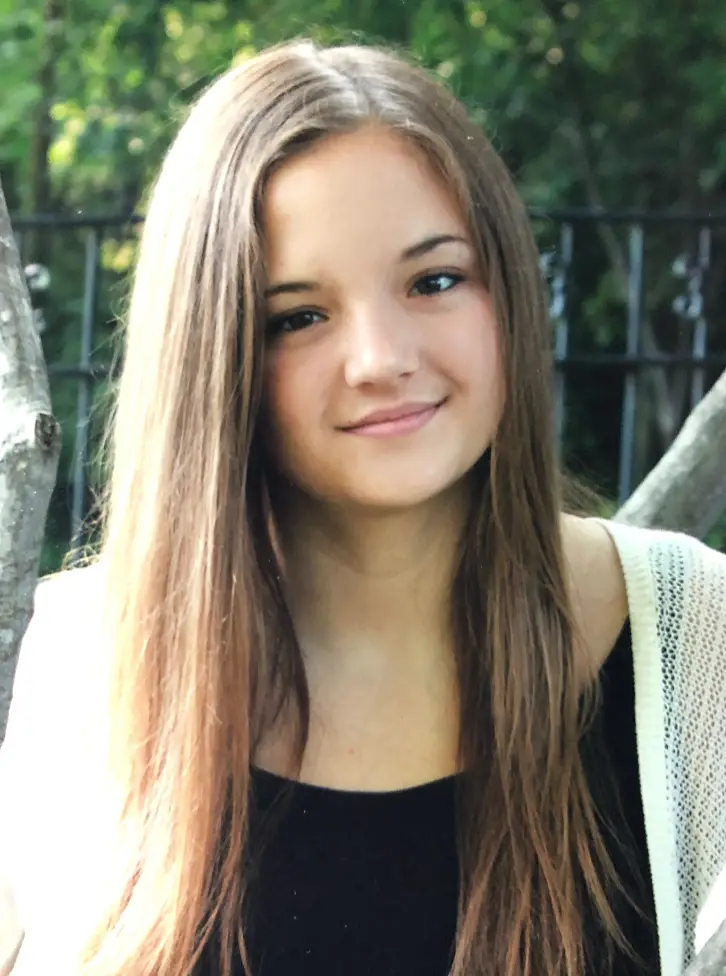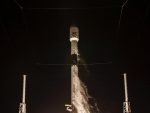Science and innovation are constantly changing and evolving. With a variety of different fields, it can often be hard to choose just one project to research and explore. The balance between getting an education and focusing on the many types of innovative research can be quite the challenge, but not without its rewards.
Jeremiah Pate, a freshman at the University of Arizona, has been conducting research involving satellite exploration, Parkinson’s disease and more. This variety of research is important for Earth and its resources, along with the medical field. Pate’s satellite research led him to start his own company, Lunasonde, which focuses on mining minerals and targeting the same regions as mining companies in order to provide mining corporations with data.
Samantha Jorgens: What is your company Lunasonde?
Jeremiah Pate: We have changed our mission a little bit and we have tweaked our business model, but in essence, we still have the same idea. We are building these small satellites for applications in mining. What Lunasonde is doing is collecting data from our satellites and making that available to different companies such as mining or even utility.
Earth observation right now is using satellites to image and to take measurements of the planet. Right now that is just the top one centimeter of soil that these satellites see. What I realized is you have a full two kilometers underneath that with all sorts of resources and materials that we use in our daily life. What Lunasonde does is it allows those satellites to tap into that whole new data set by using our satellites to see underground.
SJ: How did you first get into your satellite research?
JP: I’ve always been interested in space. When I was two years old, I lived in Florida. My earliest memory is actually seeing a shuttle launch. I can still see that day clearly in my mind. From that moment on I knew I wanted to do space research and one day I had hoped to go into space.
SJ: Where do you want to see Lunasonde at in the future?
JP: I founded Lunasonde with the idea of making space accessible to everyone. I want to use these satellites to map underground resources. That could be anything from water to minerals to different geological features.
SJ: What is one of the hardest parts of your research and managing your company?
JP: The hardest part is getting the initial money to fund and launch our satellites. We’ve had several venture capital companies say “Once you have your satellites flying, we’ll be interested in investing.” Finding that initial money to get our satellites on a rocket launch is a challenge that I have faced.
SJ: How have you tried to deal with this investment problem?
JP: I have actually traveled halfway across the world trying to find investors. I went to Australia, talked to Luxembourg and to people from London to the States, and I got the same reply: “Once you have something flying, then we’ll be interested in investing.” Right now we have had a shift in strategy and we’re talking to people who are interested in our mission and in our overarching idea to see if they would like to personally fund that initial investment.
SJ: How do you balance your research, education, family and friends?
JP: It is quite an undertaking. Since I started this when I was in high school, it was even more extreme, but my work with Lunasonde has impacted many aspects of my education and it’s encouraged me to take different classes.
Right now, I’m in an entrepreneurship class. Even though it doesn’t count towards my major directly, it has been very rewarding to take these courses and learn from these different fields and how to apply that to my entrepreneurial future.
A lot of the time, I find the friends I have are in the same industry and interested in space research. You end up talking to those people who share that same interest and the same drive of exploring space and bringing humanity forward through industry in space.
SJ: In your interview with University of Arizona’s News site (UANews) you said “You can’t spend your whole life going deeper in (only) one area and expect to find something new.” Is that still true?
JP: Yeah, absolutely. I’ve done research on cybersecurity, aerospace and I have worked extensively and am continuing to work on a project in Parkinson’s disease.
The really interesting thing is, after a while in all these different fields, you learn something in one that helps you in another or vice versa. You never know how those fields will connect and it is often those unexpected connections that really leads to innovation.
SJ: How did you get into your Parkinson’s research?
JP: A few years ago, I went to this church with about 30 people. I met a man named Jesse and three other members of the congregation who had Parkinson’s. That’s when I realized Parkinson’s disease is really a major issue in modern medicine.
SJ: How has your research in Parkinson’s been going?
JP: I found a promising treatment for Parkinson’s. I created a computer algorithm that can design a tailored treatment strategy. I programmed these fruit flies to have Parkinson’s and introduced a piece of the molecule.
I discovered a complete reversal of their Parkinson’s symptoms. In the next several weeks I’m going to do a second test in a human cell culture.
SJ: How do you see the future of your research and company in relation to pursuing your education?
JP: I’m hoping both these projects take off before I graduate. I’m pursuing my educational and research timeline at the same time. I hope to get my Ph.D. and to pursue these interests of mine in business and the medical field.











